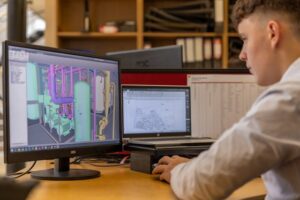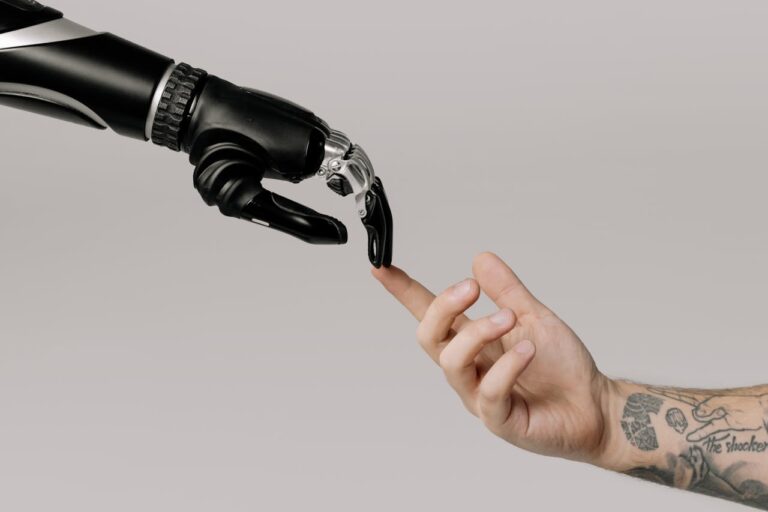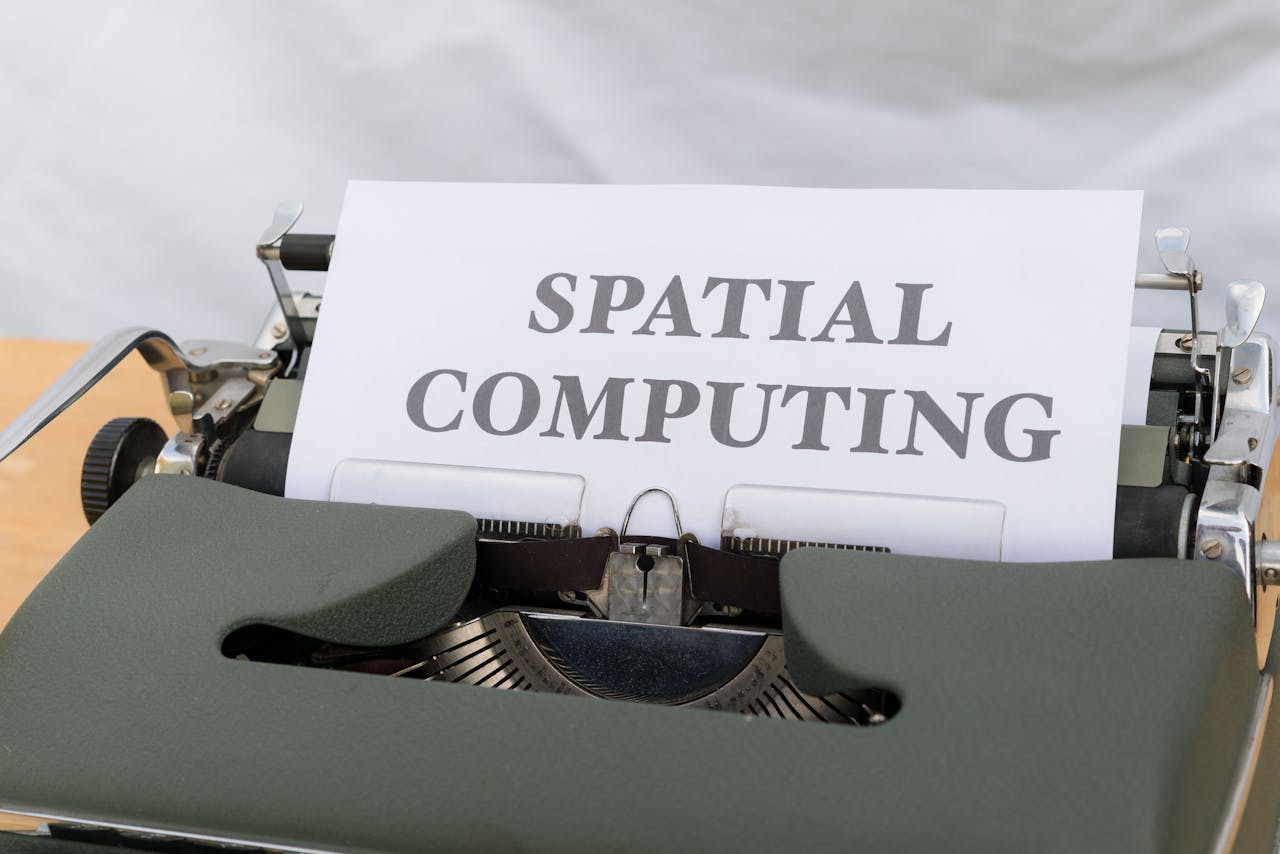Artificial Intelligence (AI) has become an integral part of our lives, shaping the way we interact with technology and revolutionizing various industries. As an AI language model, I am fascinated by the limitless capabilities of AI and how it continues to evolve. In this blog, we will embark on a journey to unravel the mysteries surrounding AI, exploring its potential, impact, and most importantly, demystifying the misconceptions associated with it.
The Power of AI

AI has the power to transform numerous sectors, including healthcare, finance, transportation, and entertainment, by improving efficiency, accuracy, and decision-making processes.
With machine learning algorithms, AI systems can acquire knowledge and skills, continually improving their performance over time without explicit programming.
Deep learning, a subset of AI, enables computers to process vast amounts of data, recognize complex patterns, and make predictions or recommendations with remarkable accuracy.
Busting the Myths

1. “AI will replace humans”
Contrary to the misconception that AI will replace human jobs, it simply empowers individuals to enhance their capabilities, automate mundane tasks, and unlock their creative potential.
AI can tackle repetitive and time-consuming jobs, freeing up human resources to focus on innovation, problem-solving, and more meaningful work.
2. “AI lacks ethics and morality”
While AI is designed to make decisions based on data, it remains essential for humans to ensure the ethical development and deployment of AI systems.
Organizations are investing in ethical AI frameworks, promoting transparency, accountability, and preventing bias to ensure AI aligns with human values.
3. “AI is a black box”
The perception of AI as an enigmatic black box is being challenged through Explainable AI (XAI), which allows users to understand how AI systems make decisions.
XAI not only builds trust but also enables users to identify and correct biases or errors within the AI algorithms.
Real-World Applications
1. Healthcare
AI is revolutionizing the healthcare industry, assisting in early disease detection through image recognition, analyzing medical records for diagnosis, and personalizing treatment plans.
With the ability to process vast amounts of genetic, clinical, and lifestyle data, AI aids in precision medicine, leading to more effective treatments.
2. Autonomous Vehicles
- AI, combined with sensors, cameras, and machine learning algorithms, is paving the way for self-driving cars.
- These vehicles can analyze real-time data, recognize traffic patterns, and make split-second decisions, enhancing road safety and reducing accidents caused by human error.
3. Customer Service
AI-powered chatbots are transforming customer service by providing instant responses, addressing queries, and resolving issues promptly.
By leveraging natural language processing (NLP), chatbots can understand and respond to customer inquiries with human-like interactions, improving customer satisfaction.
The Future of AI
As AI continues to advance at an exponential pace, its potential for innovation seems boundless. Some areas to watch out for include:

AI in space exploration, supporting Mars colonization and deep space missions.
AI in climate change, helping analyze vast environmental data and develop sustainable solutions.
AI in education, personalizing learning experiences and providing adaptive tutoring.
Artificial Intelligence is undoubtedly transforming the way we live, work, and interact. By debunking myths and delving into real-world applications, we can truly appreciate the immense potential AI holds. As we embrace this technology, it is vital to ensure the responsible and ethical development of AI systems, harnessing its power to augment human capabilities and create a better future for all.



